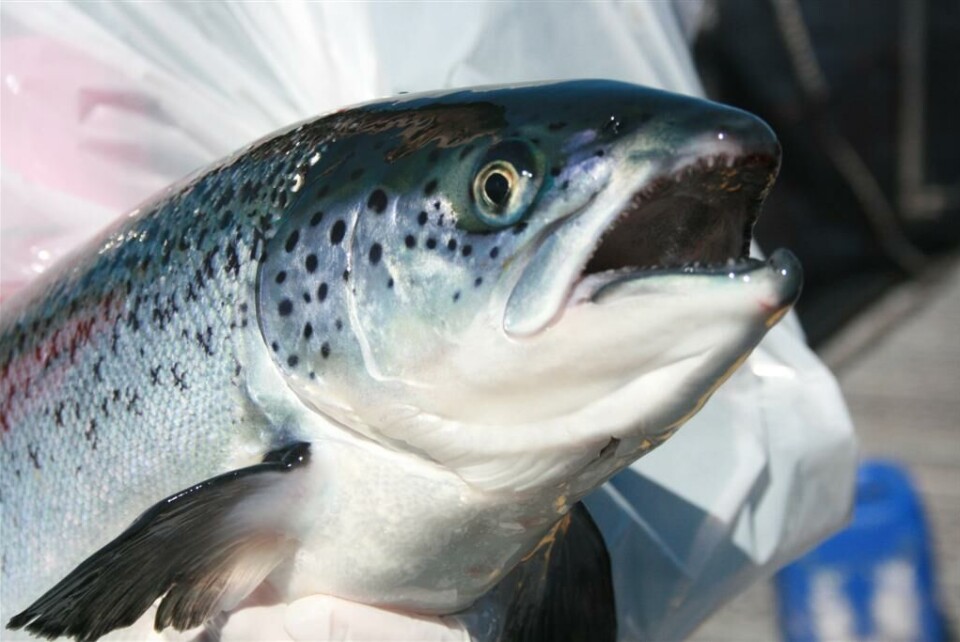
Farmed salmon hearing concerns
Half of the world’s farmed salmon suffer from hearing loss due to a deformity of their earbones, according to new research published in the journal Scientific Reports.
The discovery is significant for the welfare of farmed fish as well as the survival of hatchery-bred fish that are released into the wild.
The University of Melbourne-led study found that half of the world’s farmed Atlantic salmon have a deformity of the otolith – a deformity that was found to be very uncommon in wild fish.
Lead author Ms Tormey Reimer said farmed fish are 10 times more likely to have the deformity than wild fish.
She said: “The deformity occurs when the typical structure of calcium carbonate in the fish earbone is replaced with a different crystal form. The deformed earbones are larger, lighter and more brittle, and the way they perform within the ear changes.
“The deformity occurs at an early age, most often when fish are in a hatchery, but its effects on hearing become increasingly severe as the fish age.
“Our research suggests that fish afflicted with this deformity can lose up to 50% of their hearing sensitivity.”
To test if the deformity was a global phenomenon, researchers from the University of Melbourne and the Norwegian Institute for Nature Research sampled salmon from Norway, Canada, Scotland, Chile and Australia.
The team compared the structure of the otoliths from farmed and wild salmon. They also compared the hearing of the fish using a model that predicts what a fish can hear.
Regardless of the country where salmon were farmed, the deformity was much higher in farmed fish than wild fish.
“This study raises questions about the welfare of farmed animals and could explain why some conservation programs aren’t working,” said co-author, Associate Professor Tim Dempster from the School of Biosciences, University of Melbourne.
“Something about the farming process is causing the deformity. We now need to work out what is the root cause to help the global salmon industry produce fish with acceptable welfare standards,” he added.
Over two million tonnes of farmed salmon are produced every year, with more than a billion fish harvested.
“We estimate that roughly half of these fish have the earbone deformity, and thus have compromised hearing. We don’t yet know exactly how this hearing loss affects their performance in farms. However, producing farmed animals with deformities contravenes two of the “Five Freedoms” that forms the basis of legislation to ensure the welfare of farmed animals in many countries,” added Ms Reimer.
Deformed earbones could also explain why many fish conservation programs aren’t performing as expected. Every year, billions of captive-bred juvenile salmon are released into rivers in North America, Asia and Europe to boost wild populations, but their survival is 10-20 times lower than that of wild salmon. Hearing loss may prevent fish from detecting predators, and restrict their ability to navigate back to their home stream to breed.
Study co-author Prof Steve Swearer from the University of Melbourne said that the poor performance of restocked fish has been a long-standing mystery.
“We think that compromised hearing could be part of the problem. All native fish re-stocking programs should now assess if their fish have deformed earbones and what effect this has on their survival rates,” Professor Swearer said.
“If we don’t change the way fish are produced for release, we may just be throwing money and resources into the sea,” he added.























































